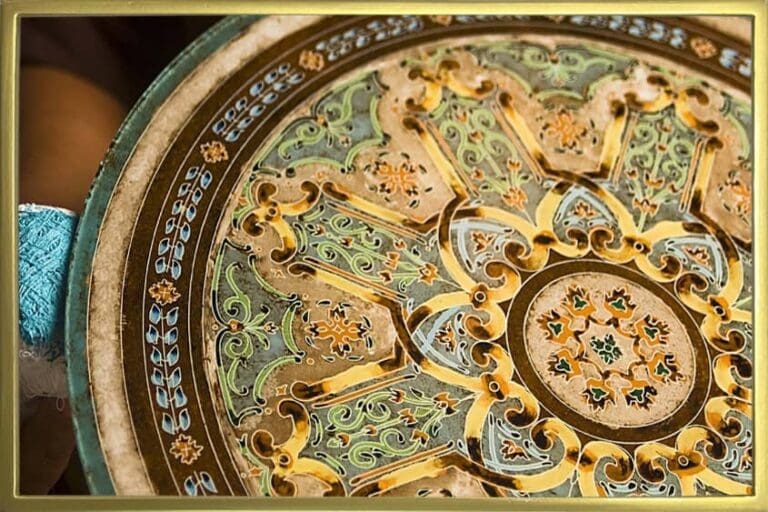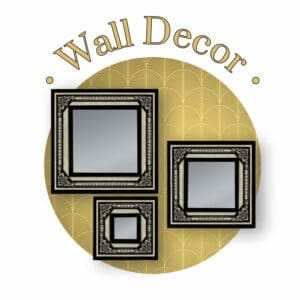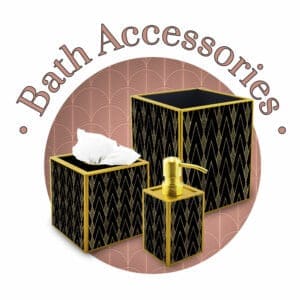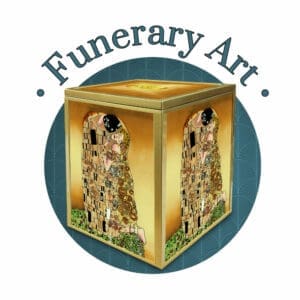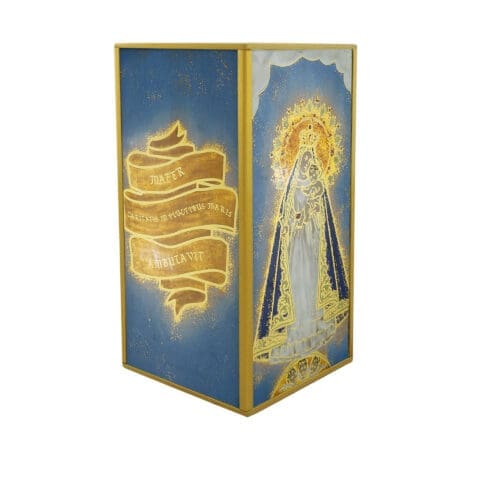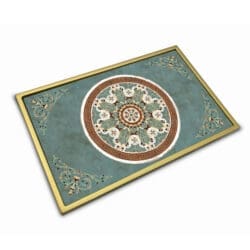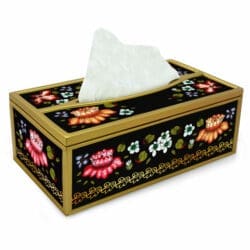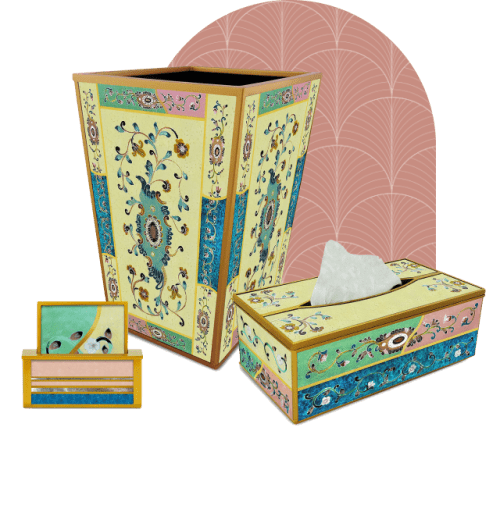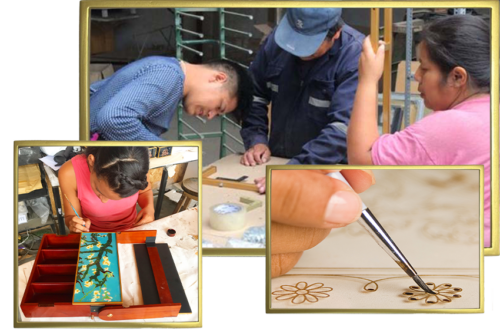Handcrafted in Paris
Following a very long tradition of french craftsmanship, all our heirloom quality products are made with love and care in our Paris workshop.
Fast Delivery
All shipments are managed by DHL: as soon as your item is picked up, you receive the tracking number to follow it all the way to your home.
Free shipping to the US and EU
Our prices include free DHL shipping and delivery to the USA, the European Union, Switzerland and Canada (excluding remote locations).


